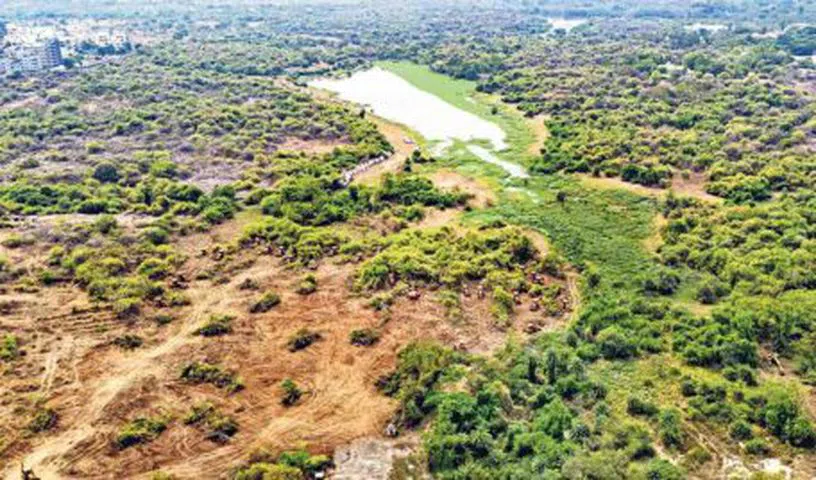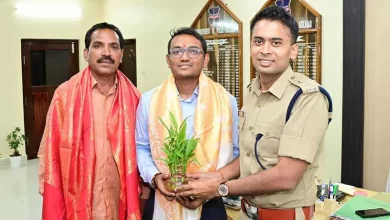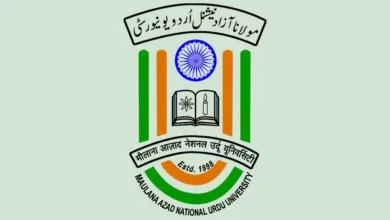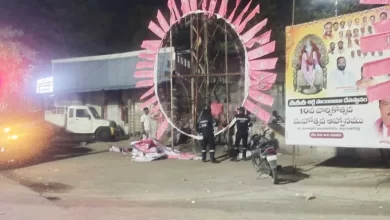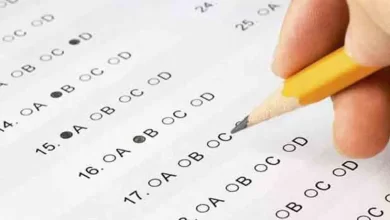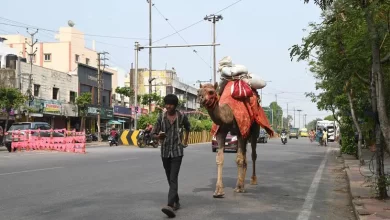Kancha Gachibowli row: Price discrepancy in land valuation blows lid off potential scam
This glaring mismatch in valuation of 400 acres of prime government land sets off alarm bells, questioning the intent behind such divergent figures
Hyderabad: Fierce student protests and timely intervention of the courts that halted the felling of trees in Kancha Gachibowli may have done more than just save green cover — they may have inadvertently blown the lid off a potential multi-thousand crore land scam.
A stunning discrepancy of Rs 9,200 crore in the valuation of 400 acres of prime government land has raised serious questions about whether the Congress-led government was quietly paving the way for one of the biggest land scams in recent memory under the guise of industrial development.
The Kancha Gachibowli land issue has grabbed nation-wide attention after students opposed clearance of the green cover for auction of the land. But long before this caught public attention, the Congress government had transferred the land to the Telangana Industrial Infrastructure Corporation Limited (TGIIC) in June last year, with reported plans to develop it into an IT hub. But a close look at the government documents, which ‘Telangana Today’ has accessed, hints at a whopping Rs 9,200 crore difference in valuation, raising questions over the government’s motives.
The contentious 400 acres were handed over by the then erstwhile Andhra Pradesh government to IMG Bharatha in 2003 for development of sports facilities, but were reclaimed in 2006 due to non-use. Following a lengthy legal battle of more than 16 years including 10 years of BRS regime, the Supreme Court in May 2024 declared that the Telangana government was the sole owner of the land.
Here is how the latest episode unfolds. Shortly thereafter, the 400-acre land was alienated to the TGIIC with the land value pegged at a rate of Rs 75 crore per acre. The total value of the land is estimated at Rs 30,000 crore and the corporation was tasked to develop it and auction plots “for IT and mixed-use”. As per the Government Order (GO 54) issued on June 26, 2024, the price of Rs 75 crore per acre, was fixed after considering the land values at places like Kokapet (where one acre fetched Rs 100 crore in auction). Officials say that the current government’s plan was to promote “walk-to-work” concept where both office, commercial and residential spaces at the 400-acre site.
But in the meanwhile, the government faced an acute financial crisis and it proposed to raise Rs 10,000 crore initially through market borrowings and later, auction the land in five phases where part of the sale proceedings was meant, to clear the loan and utilise the remaining amount for infrastructure development. The TGIIC, is tasked to develop the land for industrial purposes and allot them at incentivised prices to attract investments. But surprisingly, for the first time, the corporation was asked to auction the lands.
Subsequently, to raise the Rs 10,000 crore, the government hired valuers Parish Rao Panse and Rao Associates, to prepare a valuation report of the land. The company, in November 2024, estimated the price at Rs 52 crore per acre. This was completely inexplicable as the earlier registration price was Rs 75 crore per acre (as mentioned in June, 2024). Thus, the total worth of land was Rs 20,800 crore which the company termed as “fair market value” based on the market price of lands in surrounding areas. This was in contrast to the total value of Rs 30,000 crore done in June with a difference of Rs 9,200 crore.
Subsequently, the TGIIC raised Rs 10,000 crore through Non-Convertible Debentures (NCDs) in December, 2024
This Rs 9,200 crore mismatch has set off alarm bells, questioning the intent behind such divergent figures. If the market value truly was Rs 75 crore as the government order states, why is the valuation report for mortgaging set around Rs 52 crore? Who stands to gain from the understatement?
Here comes the interesting part. The GO 54 claims that the price of Rs 75 crore was determined based on “recent auction sales made in Kokapet and other nearby villages” and realtors too admit that the TGIIC could have easily fetched the same price for auctioning the Kancha Gachibowli land, despite realty market taking a hit under the Congress regime. It is not clear what prompted the valuation report to cite local registration benchmarks and market sources to arrive at the significantly lower Rs 52 crore figure.
Sources disclose that the Request For Proposals (RFPs) invited by TGIIC was to auction the land in a phased manner with at least 100 acres in the first phase. While the undervaluation of the land itself raised numerous suspicions, sources pointed fingers at power-that-be, alleging that this discrepancy was not accidental, but a deliberate ploy to engineer a backdoor windfall by undervaluing public land.
It is learnt that a major pharma-cum-real estate company had already been sounded to buy land in the first phase at reduced prices as part of a closed-door deal.
“Assuming that even if the said 100 acre is auctioned at Rs 60 crore per acre, (while the actual value is Rs 75 crore per acre), the buyer would get benefitted by at least Rs 15 crore per acre, totalling to Rs 1,500 crore profit. Then, if the prices are raised for the auction of land in second phase, the land bought earlier would also get enhanced value and it would be a windfall deal for those who bought in first phase,” sources explained.
Unless a clear official explanation reconciling both the GO and the valuation report is given, the perception of foul play will only deepen. The glaring valuation mismatch cannot be brushed aside as a clerical oversight — it reeks of a well-orchestrated land scam cloaked in official sanction.

